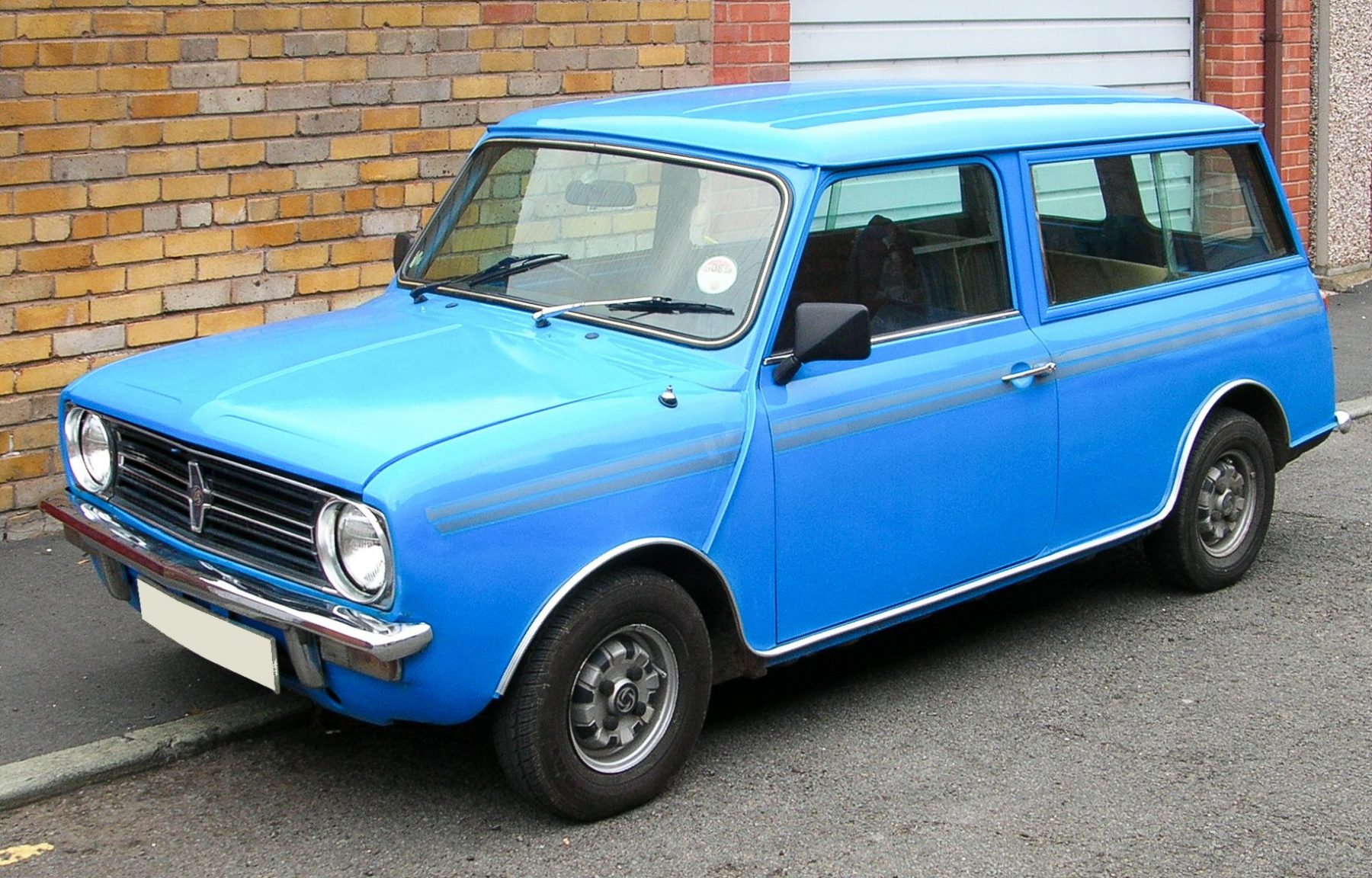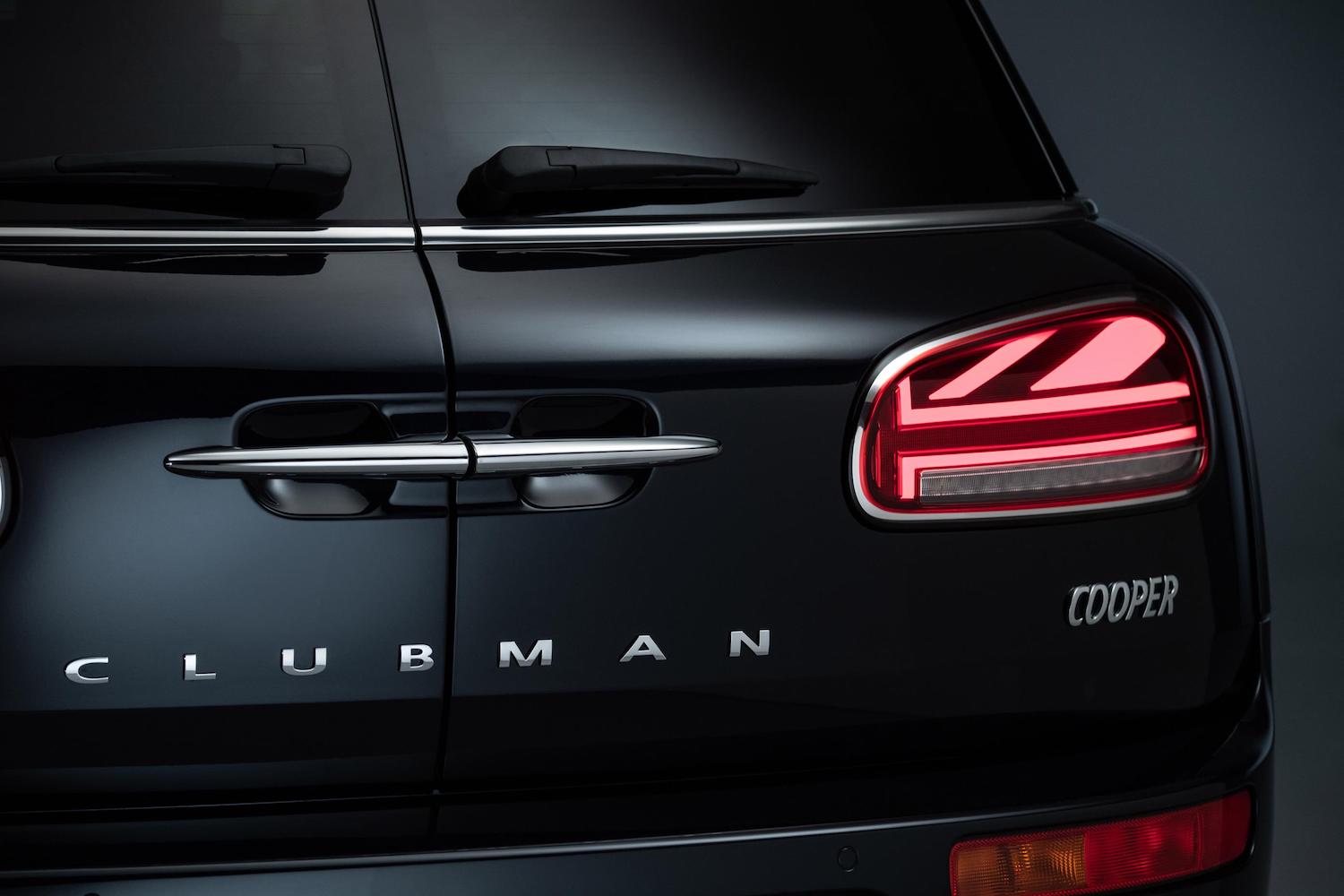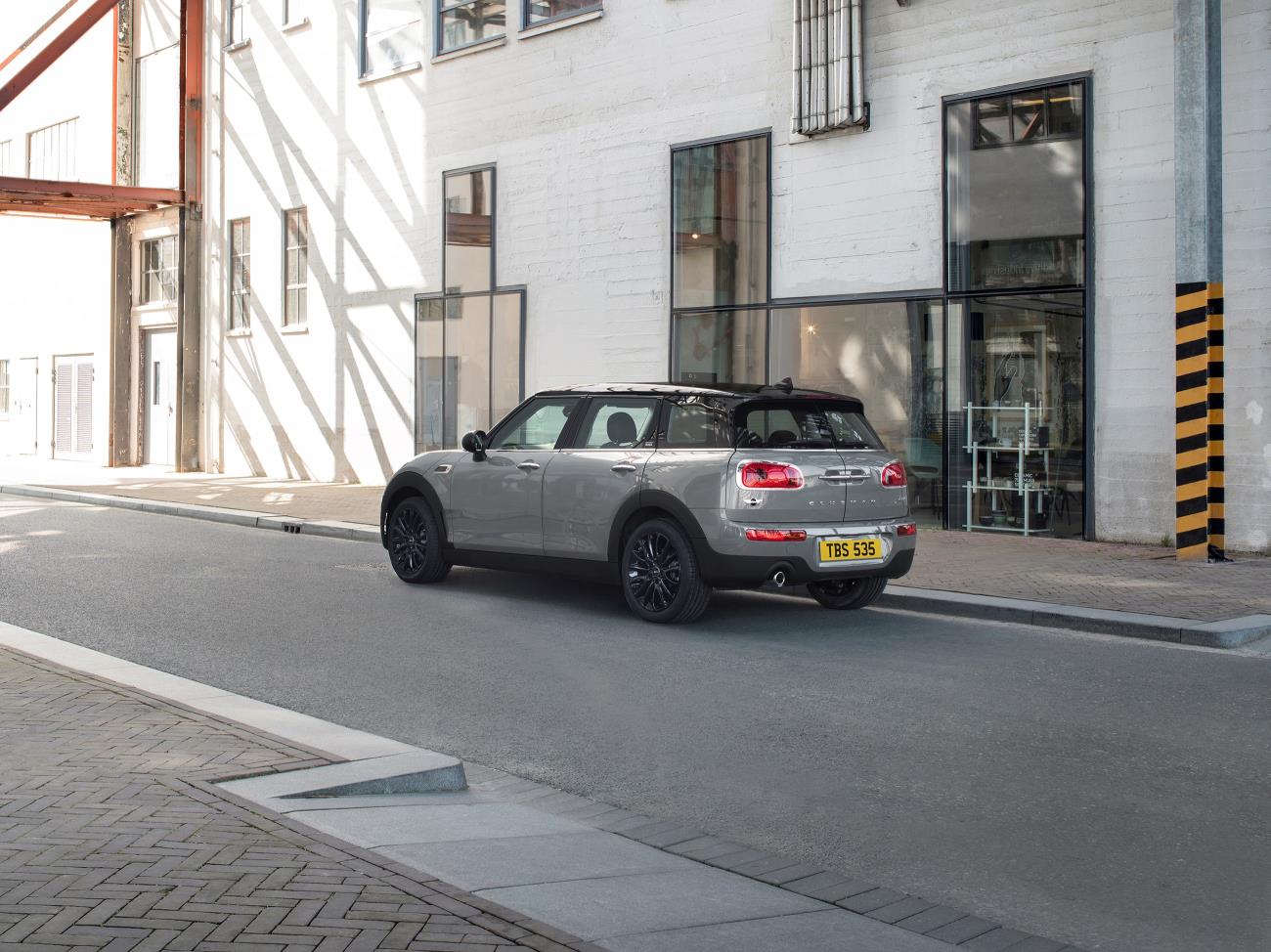Modern Mini loves to trade on its British heritage. The BMW-owned firm’s cars all have retro-inspired styling that nods to its diminutive predecessor, while each of its variations has a name inspired by similar versions of the classic model.
One such example is the Mini Clubman, which in its most simple form is an estate version of the familiar hatchback model. However, what makes it unique is the van door-like rear opening, which is both useful, practical and characterful.
True to form, though, this isn’t a modern innovation. The Clubman first arrived on the scene back in 1969, when Mini was owned by British Leyland. Car designer Roy Haynes was tasked with freshening the Mini up, introducing a squarer front end design.

As part of this model refresh, the Mini Clubman Estate was introduced, replacing the Traveller and Countryman names of previous Mini wagons. When BMW marketers needed a name for their new retro-inspired Mini estate, they opted for Clubman, because they didn’t have the rights to the names of the original estate models – though an SUV would later emerge called Countryman.
By the time the Mini was replaced by the Austin Metro in 1980, 197,606 Clubman Estates had been sold, compared with 275,583 standard Clubmans.
Fast forward to 2007 and Mini, which had seen success with the totally new Mini hatchback since 2001, expanded the range with the Clubman estate. Contemporary reviewers praised it for keeping the fun-to-drive characteristics of the hatchback, while adding plenty of practicality.

At launch, it stood alone with no direct rivals – this was before the age of niche-filling variations flooding the market. The idea of a small family car also being offered as an estate was a fairly alien concept, but the Clubman was clearly ahead of its time, with most modern cars now available in multiple variations of size, shape and performance.
The second-generation Clubman recently underwent a refresh, receiving minor styling changes that included Union Flag taillights. The biggest change is seen in the John Cooper Works performance model, though, which has had power increased to 302bhp to make it a proper practical ‘hot hatch’ rival.
The Mini brand has endured a lot of change over the years, and the introduction of the Clubman estate has proved a master stroke by BMW. It might not be its best-seller, but it cements the firm’s position as offering quirky, genuinely interesting models at a time when most of the market has been homogenised.

